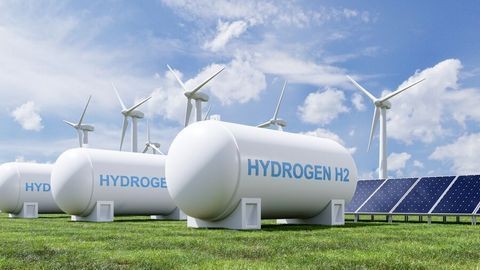Follow Up: White House Issues Order under Defense Production Act as Part of COVID Response
Client Alert | 2 min read | 03.27.20
On March 23, 2020, the President signed an “Executive Order on Preventing Hoarding of Health and Medical Resources to Respond to the Spread of COVID-19” delegating additional authorities under the Defense Production Act of 1950 (“DPA”), which builds on Executive Order (EO) No. 13909, issued March 18, 2020, which we discussed here. The new EO delegated to the Secretary of Health and Human Services (“HHS”) the authority to prevent hoarding of health and medical resources necessary to respond to the spread of COVID-19 by: (1) prescribing conditions for accumulation of such resources; and (2) designating any material as scarce or threatened by excessive accumulation as to reasonable business, personal, or home consumption, or for purpose of resale at excessive prices (i.e., price gouging). These designations, in turn, trigger the prohibitions against hoarding. The EO also delegated the authority to gather information, such as information about how supplies of such resources are distributed throughout the nation, through use of investigations, records, reports, and subpoenas. The DPA and its implementing regulations and orders carry criminal penalties for noncompliance, as well as the possibility of injunctive relief in certain circumstances.
Subsequently, HHS issued a notice, effective March 25, designating fifteen materials as “scarce materials or threatened materials,” including items such as N-95 and other filtering facepiece respirators, ventilators, disinfecting devices, and a variety of health-related personal protective equipment (“PPE”). Under the notice, the term “materials” includes raw materials (including critical components), products, and items of supply; and any technical information or services ancillary to the use of any such materials, commodities, articles, components, products, or items. The term “scarce materials or threatened materials” means health or medical resources, or any of their essential components, determined by the Secretary to be needed to respond to the spread of COVID-19 and which are, or are likely to be, in short supply or the supply of which would be threatened by hoarding. Designated scarce materials or threatened materials are subject to periodic review by the Secretary. The designation self-terminates in 120 days unless superseded by a subsequent notice.
Contacts
Insights
Client Alert | 2 min read | 12.19.25
GAO Cautions Agencies—Over-Redact at Your Own Peril
Bid protest practitioners in recent years have witnessed agencies’ increasing efforts to limit the production of documents and information in response to Government Accountability Office (GAO) bid protests—often will little pushback from GAO. This practice has underscored the notable difference in the scope of bid protest records before GAO versus the Court of Federal Claims. However, in Tiger Natural Gas, Inc., B-423744, Dec. 10, 2025, 2025 CPD ¶ __, GAO made clear that there are limits to the scope of redactions, and GAO will sustain a protest where there is insufficient evidence that the agency’s actions were reasonable.
Client Alert | 7 min read | 12.19.25
In Bid to Ban “Woke AI,” White House Imposes Transparency Requirements on Contractors
Client Alert | 5 min read | 12.19.25
Navigating California’s Evolving Microplastics Landscape in 2026
Client Alert | 19 min read | 12.18.25
2025 GAO Bid Protest Annual Report: Where Have All the Protests Gone?








